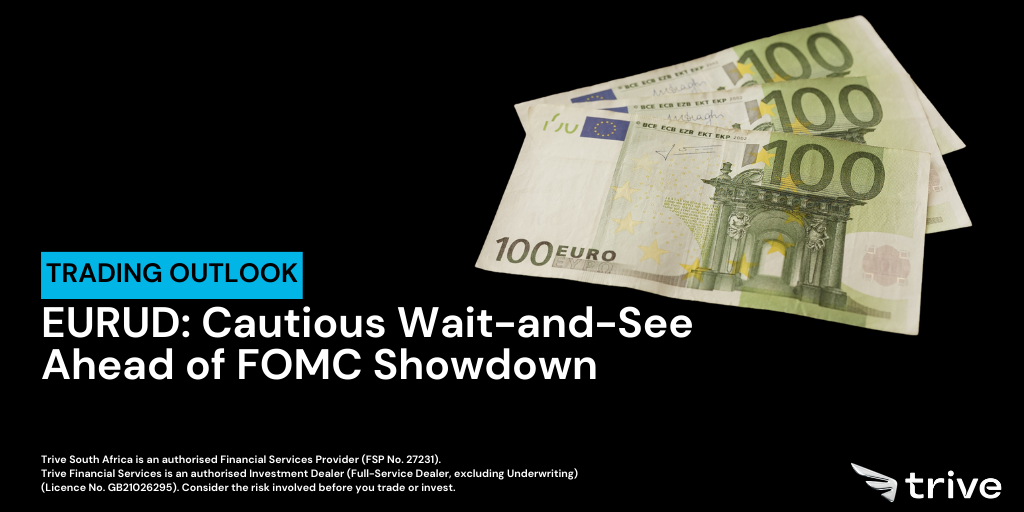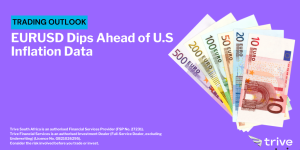
The Euro and US Dollar (USD) brace for a volatile session as the highly anticipated Federal Open Market Committee (FOMC) meeting concludes later today. The Fed is widely expected to maintain interest rates at their current 23-year high of 5.25%-5.5%. However, the focus lies on the central bank’s updated economic projections and the infamous “dot plot,” which reveals policymakers’ expectations for future rate adjustments.
Recent hawkish data has thrown a wrench into the Fed’s plans. Upward revisions to US inflation and hotter-than-anticipated producer prices suggest taming inflation remains a challenge. This has tempered market expectations for aggressive rate cuts in 2024, with some analysts predicting a downward revision from the previously projected three cuts to just two.
Across the pond, the European Central Bank (ECB) seems to be on a more dovish path. ECB officials, including President Christine Lagarde, have hinted at potential rate cuts later this year as inflation shows signs of peaking. This divergence in monetary policy could strengthen the USD against the Euro.
Technical
The 4-hour chart shows that the EURUSD currently trades at 1.08686, hovering slightly below a critical resistance level (1.08722) marked by the 38.20% Fibonacci retracement. The price sits precariously below all three key moving averages [20-SMA (green line), 50-SMA (blue line), 100-SMA (orange line)], indicating a short-term bearish bias. The Relative Strength Index (RSI) at 41.23 is recovering from oversold territory but remains below 50, suggesting potential for limited upside momentum.
Therefore, short-term trading opportunities could exist towards the 50.00% Fibonacci retracement level (1.08385) should the significant level and SMAs provide significant resistance to the bulls’ attempt to push the price higher. A break below the initial retracement level, with significant volume, could confirm the bearish momentum, likely bringing the 61.80% Fibonacci retracement level (1.08048) and 78.60% Fibonacci retracement level (1.07568) support levels into play.
However, a sustained break above the significant level would likely offer short-term trading opportunities towards the 23.60% Fibonacci retracement level (1.09138) in the coming sessions. A successful break above the 1.09138 level would likely bring the 1.09537 and 1.09812 price levels into play in the short term as the price action moves towards the 1.10 psychological level.

Summary
Market sentiment leans towards cautious optimism for EURUSD. The dovish tilt from the ECB is countered by the Fed’s hawkish stance, creating a tug-of-war effect. The outcome of the FOMC meeting, particularly the dot plot, will be crucial in determining the future direction of the pair. Technically, short-term trading opportunities may arise towards the 50.00% Fibonacci retracement level at 1.08385, but a break below could confirm bearish momentum towards 1.08048 and 1.07568 support levels.
Sources: TradingView, Trading Economics, Federal Reserve, Reuters.
Piece written by Mfanafuthi Mhlongo, Trive Financial Market Analyst
Disclaimer: Trive South Africa (Pty) Ltd (hereinafter referred to as “Trive SA”), with registration number 2005/011130/07, is an authorised Financial Services Provider in terms of the Financial Advisory and Intermediary Services Act, 37 of 2002. Trive SA is authorised and regulated by the South African Financial Sector Conduct Authority (FSCA) and holds FSP number 27231. Trive Financial Services Ltd (hereinafter referred to as “Trive MU”) holds an Investment Dealer (Full-Service Dealer, excluding Underwriting) Licence with licence number GB21026295 pursuant to section 29 of the Securities Act 2005, Rule 4 of the Securities Rules 2007, and the Financial Services Rules 2008. Trive MU is authorized and regulated by the Mauritius Financial Services Commission (FSC) and holds Global Business Licence number GB21026295 under Section 72(6) of the Financial Services Act. Trive SA and Trive MU are collectively known and referred to as “Trive Africa”.
Market and economic conditions are subject to sudden change which may have a material impact on the outcome of financial instruments and may not be suitable for all investors. Trive Africa and its employees assume no liability for any loss or damage (direct, indirect, consequential, or inconsequential) that may be suffered. Please consider the risks involved before you trade or invest. All trades on the Trive Africa platform are subject to the legal terms and conditions to which you agree to be bound. Brand Logos are owned by the respective companies and not by Trive Africa. The use of a company’s brand logo does not represent an endorsement of Trive Africa by the company, nor an endorsement of the company by Trive Africa, nor does it necessarily imply any contractual relationship. Images are for illustrative purposes only and past performance is not necessarily an indication of future performance. No services are offered to stateless persons, persons under the age of 18 years, persons and/or residents of sanctioned countries or any other jurisdiction where the distribution of leveraged instruments is prohibited, and citizens of any state or country where it may be against the law of that country to trade with a South African and/or Mauritius based company and/or where the services are not made available by Trive Africa to hold an account with us. In any case, above all, it is your responsibility to avoid contravening any legislation in the country from where you are at the time.
CFDs and other margin products are complex instruments and come with a high risk of losing money rapidly due to leverage. You should consider whether you understand how these products work and whether you can afford to take the high risk of losing your money. Professional clients can lose more than they deposit. See our full Risk Disclosure and Terms of Business for further details. Some or all of the services and products are not offered to citizens or residents of certain jurisdictions where international sanctions or local regulatory requirements restrict or prohibit them.




